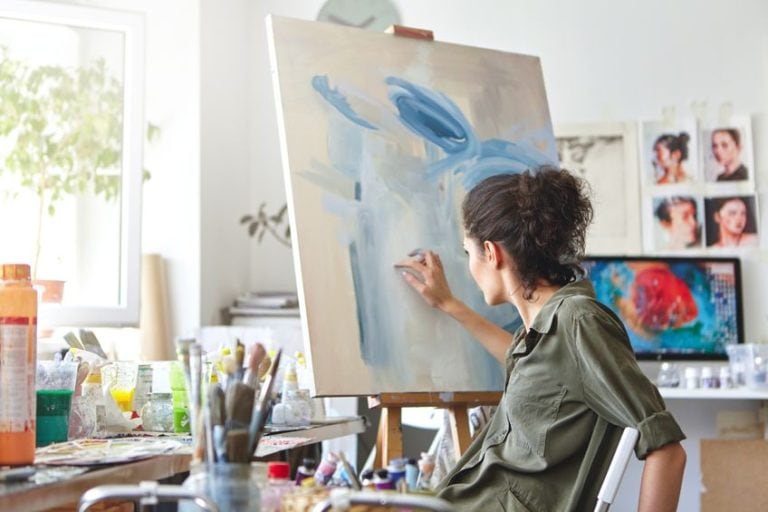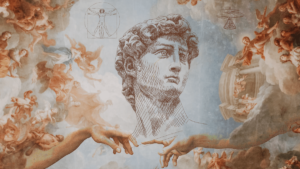Art education plays a crucial role in the holistic development of individuals, particularly young learners. It goes beyond teaching students how to draw or paint; it fosters creativity, critical thinking, and emotional intelligence. In this blog, we’ll explore the myriad benefits of art education and why it is essential for a well-rounded education.
Fostering Creativity
At its core, art education nurtures creativity. Through various forms of artistic expression, students learn to think outside the box, experiment with new ideas, and explore different perspectives. Creativity is not just about making art; it’s a valuable skill that applies to problem-solving and innovation in all areas of life.
Benefits:
- Encourages original thinking and innovation.
- Provides a platform for self-expression.
- Helps students develop unique solutions to problems.
Enhancing Critical Thinking and Problem-Solving Skills
Art education challenges students to analyze, interpret, and critique their own work and the work of others. This process enhances critical thinking skills, as students must make decisions about composition, technique, and meaning. Art also often involves trial and error, teaching resilience and adaptability.
Benefits:
- Develops analytical skills and attention to detail.
- Encourages students to question and evaluate.
- Enhances the ability to think strategically and solve complex problems.
Improving Academic Performance
Numerous studies have shown a positive correlation between art education and academic achievement. Students engaged in the arts often perform better in other subjects, including math, science, and language arts. This is partly because the skills developed through art, such as spatial reasoning and visual learning, transfer to other academic areas.
Benefits:
- Boosts academic performance and test scores.
- Enhances skills like reading, writing, and mathematics.
- Promotes overall cognitive development.
Building Emotional Intelligence
Art education provides a safe space for students to explore and express their emotions. Through creating and discussing art, students develop greater self-awareness and empathy. They learn to understand and manage their emotions, which is crucial for emotional intelligence.
Benefits:
- Increases self-awareness and self-expression.
- Enhances empathy and understanding of others’ perspectives.
- Provides an outlet for managing emotions and stress.
Encouraging Cultural Awareness and Diversity
Art education exposes students to different cultures and historical contexts, fostering a greater appreciation for diversity. By studying various art forms from around the world, students gain insights into different traditions, values, and perspectives.
Benefits:
- Promotes cultural awareness and appreciation of diversity.
- Encourages respect and understanding of different cultures.
- Helps students develop a global perspective.
Developing Fine Motor Skills and Coordination
Creating art involves using various tools and materials, which helps develop fine motor skills and hand-eye coordination. Activities like drawing, painting, and sculpting require precision and control, which are beneficial for physical development.
Benefits:
- Enhances fine motor skills and dexterity.
- Improves hand-eye coordination.
- Supports overall physical development.
Providing Career Opportunities
Art education opens up a wide range of career opportunities. From graphic design and animation to architecture and fashion, the skills learned in art classes can lead to successful and fulfilling careers in various fields. Furthermore, the ability to think creatively is highly valued in many industries.
Benefits:
- Prepares students for careers in the creative industries.
- Develops skills that are transferable to many professions.
- Encourages entrepreneurial thinking and innovation.
8. Promoting Lifelong Learning and Appreciation for the Arts
Art education instills a lifelong appreciation for the arts. Students who engage in art classes are more likely to continue enjoying and supporting the arts as adults. This appreciation enriches their lives and contributes to the cultural vitality of their communities.
Benefits:
- Fosters a lifelong love of the arts.
- Encourages continued personal growth and learning.
- Enriches community and cultural life.
Conclusion
Art education is a vital component of a well-rounded education. It nurtures creativity, critical thinking, and emotional intelligence, while also enhancing academic performance and providing career opportunities. By fostering an appreciation for diversity and promoting lifelong learning, art education enriches the lives of individuals and the cultural fabric of society. As we continue to recognize the importance of the arts, it is crucial to support and advocate for robust art education programs in schools and communities.




